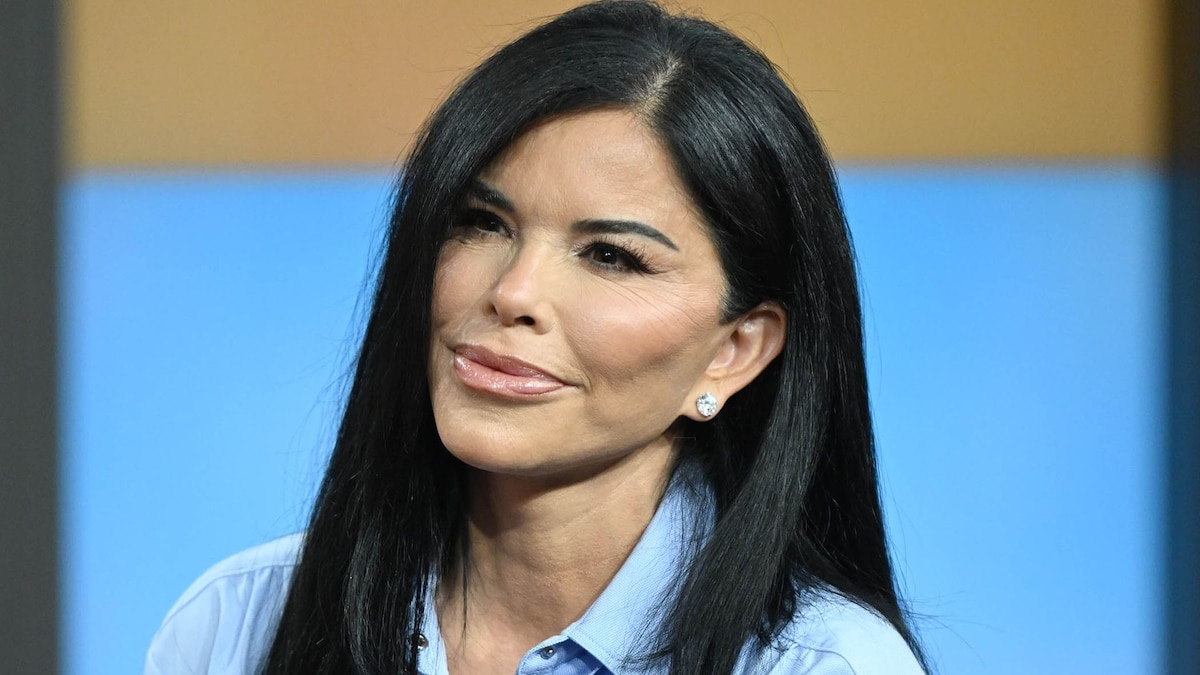Weather-wise, the timing seems just right for the Goodspeed Opera House to do “South Pacific.” With the recent humidity, thunderstorms and heat waves, the stage is already set for the balmy climes of Bali H’ai before you set foot in the theater. The breezy yet steamy climate is neatly sustained by a production that’s earthy, human-scaled and about as realistic as you could expect an exotic wartime spy adventure on a tropical island to be.
That sweaty, human approach is what makes this production at the Goodspeed Opera House work so well. There’s still fancy dancing and gorgeous singing and crazy comedy and more hit songs than any three other musicals. There’s not just one but two deep, soul-stirring love stories, and there’s the musical theater language of sweetness and beauty.

Yet, to the Goodspeed’s credit, the Pacific island environment is not falsely idealized as it often is. This “South Pacific” is not an enchanted paradise. There are characters who do courageous things, but they are not presented like mythic heroes.
The cast is not some uniform idea of what theatergoers are supposed to find attractive. They’re all shapes and sizes, all individuals, each striking and engaging in their own way. Other aspects of the production are equally low-key.
Rather than play the score as rich and syrupy, the eight musicians in the orchestra pit (overseen by the Goodspeed Musicals’ resident music director Adam Souza) behave more like a small 1920s jazz combo. The front curtain is a government map of the South Pacific that’s mostly ocean. The backdrops are colorful sunsets, but they don’t try too hard to seem lifelike.
Set pieces, from shower stalls to army desks, whisk on and off without worrying about changing those sunset backdrops. It’s all simply theatrical, a lot less distracting than if the Goodspeed was attempting high-tech special effects. Nothing in this production is larger than life.
“South Pacific” becomes about everyday folks in extraordinary situations. Keeping things real also solves a serious problem. For a show that hinges on a bigoted reaction to a personal revelation, then explores in a song how racist impulses are “carefully taught” and cruelly instilled in people at a young age, the original “South Pacific” was seemingly oblivious to how many harmful cultural, social and gender stereotypes it was perpetuating.
Chay Yew, who’s better known for developing new works and doing intimate experimental productions (among them Alaudin Ullah’s autobiographical immigrant tale “Dishwasher Dreams” at Hartford Stage in 2022) turns out to be an ideal choice to finesse the play’s problematic parts so that you can ponder them in context and they don’t pull you right out of enjoying the show. The “South Pacific” character of Bloody Mary has been decried for decades as an arch Asian stereotype. Joan Almedilla expresses a lot of compassion and vulnerability with expressions and pauses that counteract the cliches.
She makes Bloody Mary a protective mother who may have been blinded by American capitalism. It’s tougher for Alex Humphreys as Liat, Mary’s daughter, to escape the stereotype of a helpless young Asian woman since the character does not speak English and comes off as impossibly meek and trusting. There are limitations to how you can play some of the characters in “South Pacific,” but nobody at Goodspeed is playing too broad or too big.
Yew and his cast avoid stereotypes in general, which means they avoid racial stereotypes, too. Keven Quillon doesn’t have to bring a stupid accent or comedy hijinks to the wheeling-dealing Seabee Luther Billis — he’s plenty funny without those things — and the normalcy serves him well when Billis gets in a dangerous situation in Act Two. Billis leads the Seabees’ big number “There Is Nothing Like a Dame” in a manner that’s somewhere in between “Guys and Dolls” and “Gee, Officer Krupke.
” Somehow, these loveable lugs make the whole chauvinist song less cringey. As Nellie Forbush, Danielle Wade is almost unrecognizable from the more youthful, athletic farmer girl Jane she played last year in the Goodspeed’s world premiere stage version of the Judy Garland Hollywood musical “Summer Stock.” She’s still traipsing around in button-down shirts tied at the waist in this one, and she still has fun falling-in-love songs and big dance numbers, but Wade also accepts that this is a grown-up dramatic role.
There are moments when she’s fresh and frolicsome and other times when she’s downright unlikeable. Wade finds the balance. The young Lieutenant Joseph Cable is similarly given both gravitas and sensuality by Cameron Loyal.
It’s rare to have a Black actor in this role, and it allows Cable to take offense at some conversational remarks that were excused in the original and solidify the subtext of multi-cultural understanding that permeates this play. The most conventional portrayal is Omar Lopez-Cepero’s smoldering turn as plantation owner Emile de Becque, who beguiles the young Forbush with multiple refrains of his big anthem “One Enchanted Evening.” Lopez-Cepero (last seen in the Goodspeed’s rendition of the Rodgers & Hammerstein revue “A Grand Night for Singing” in 2021) delivers that song in the accustomed booming style associated with Ezio Pinza, who introduced it in the original 1949 “South Pacific,” or Rossano Brazzi who sang it in the 1958 movie version.
Lopez-Cepero is not afraid of that upturned final high note of the song, a bit that has been satirized over the years by everyone from Groucho Marx to “The Simpsons.” “South Pacific” is based on James Michener’s bestselling World War II adventures “Tales of the South Pacific.” The musical premiered on Broadway in 1949, just four years after the end of World War II and just two years after the publication of Michener’s book.
“Tales of the South Pacific” won the Pulitzer Prize for Literature in 1948 and the musical based on it won the Pulitzer Prize for Drama. Goodspeed Musicals originally intended to do “South Pacific” in the spring of 2020 with a different director and cast and designers, only COVID happened. That production was postponed and rescheduled a couple of times, then fell off the schedule entirely only to be resurrected this season.
There are some delightful touches that make you extra pleased that “South Pacific” finally happened. When Wade sings “I’m Gonna Wash That Man Right Out of My Hair,” she actually washes her hair, wearing a swimsuit in a wooden shower stall equipped with makeshift barrel-and-colander shower. She then has to sing her next big song, “I’m in Love With a Wonderful Guy,” with wet hair.
It’s a charming, natural, glimmering sequence. There are a lot of lengthy dialogue scenes, free of music, which have to sustain the plot since the songs are mostly love songs and don’t even try to further the story. Happily, all that dialogue is worth it, since “South Pacific” is a sizzling adventure story involving covert missions to bring down a Japanese military base.
Like other Rodgers & Hammerstein classics, “South Pacific” really piles it on. There’s danger and derring-do. There is more than one romance, and no end of love songs.
There’s even a goofy play-within-a-play where everyone gets to frolic while things get fraught backstage. Fashion statements range from exposed male bellies to grass skirts and full military uniforms. This is splashy summer show about life, love, respect and responsibility.
The Goodspeed does it up proud in a way that makes you believe. “South Pacific” by Richard Rodgers and Oscar Hammerstein II (based on a book by James Michener), directed by Chay Yew, runs through Aug. 11 at the Goodspeed Opera House, 6 Main St.
, East Haddam. Performances are Wednesdays at 2 and 7:30 p.m.
, Thursdays at 7:30 p.m., Fridays at 8 p.
m., Saturdays at 3 and 8 p.m.
and Sundays at 2 p.m. $30-$88.
goodspeed.org ..



















